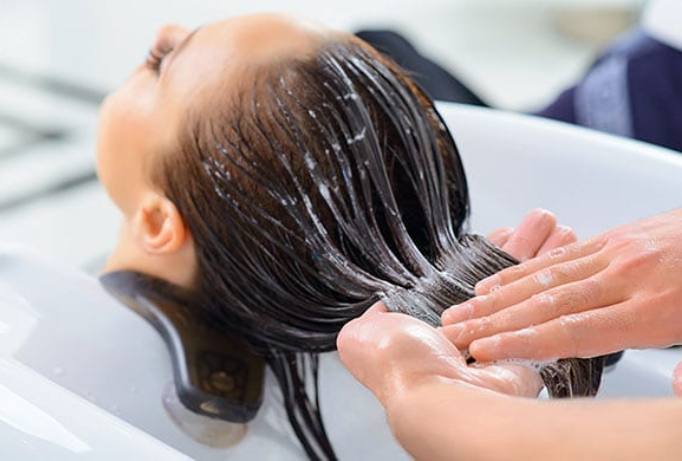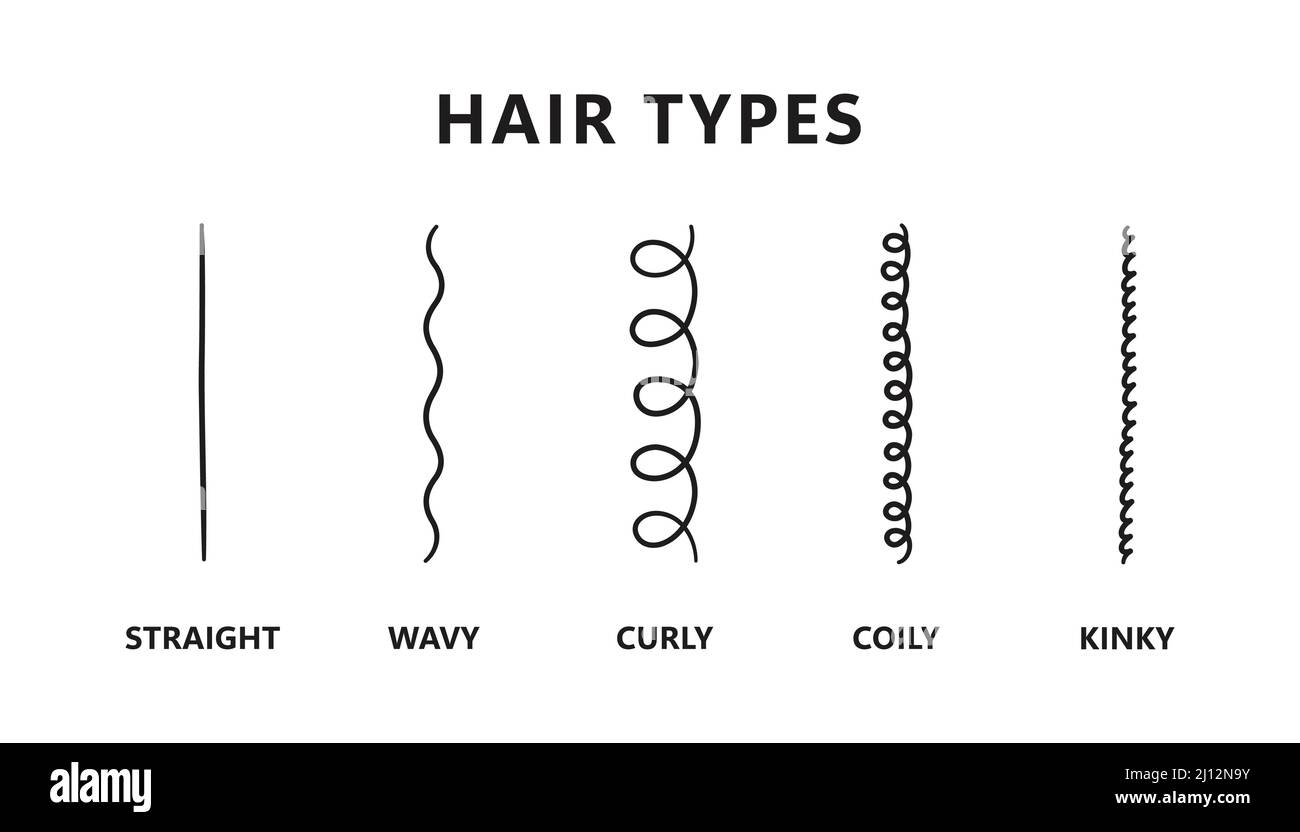The Best Protein Treatments for Stronger Hair
Are you struggling with brittle, weak, or damaged hair? Finding the right solution can feel overwhelming, but don’t worry! At hairy.cartlab.web.id, we’re dedicated to helping you achieve your healthiest hair yet. We understand the importance of strong, vibrant hair, and that starts with understanding the role of protein in hair health. Protein is the building block of hair, and when your hair lacks it, it becomes vulnerable to breakage, dryness, and overall weakness. This comprehensive guide will explore the best protein treatments available to restore strength and vitality to your locks. We’ll delve into different types of protein treatments, how to choose the right one for your hair type, and how to incorporate them into your hair care routine for optimal results.
Protein treatments are crucial for repairing damaged hair cuticles, strengthening the hair shaft, and improving overall hair elasticity. Ignoring protein deficiencies can lead to a cascade of hair problems, from split ends and breakage to dullness and lack of shine. Understanding the different types of protein and how they interact with your hair is key to selecting the most effective treatment for your specific needs. This guide aims to clarify the often-confusing world of protein treatments, empowering you to make informed choices for healthier, stronger hair.
By the end of this article, you’ll have a clear understanding of which protein treatment is best suited for your hair type and concerns. We’ll cover everything from deep conditioning treatments to leave-in products, helping you build a customized hair care routine that prioritizes strength and resilience. Remember, healthy hair is a reflection of overall well-being, and investing in the right protein treatments is an investment in yourself.

Understanding the Importance of Protein in Hair Health

Hair is primarily composed of a protein called keratin. Keratin gives hair its strength, elasticity, and overall structure. When your hair is damaged – through heat styling, chemical treatments (like coloring or perming), sun exposure, or environmental stressors – the keratin structure is compromised. This leads to visible signs of damage such as:
- Increased breakage: Hair snaps easily, leading to shorter, thinner strands.
- Split ends: The ends of the hair strands fray and split, creating a rough texture.
- Dryness and brittleness: Hair feels rough, lacks shine, and is prone to snapping.
- Loss of elasticity: Hair loses its bounce and flexibility, making it more susceptible to damage.
Protein treatments work by replenishing the keratin in your hair, essentially rebuilding and repairing the damaged areas. This leads to stronger, healthier, and more resilient hair. Choosing the right protein treatment is crucial, as using too much protein can lead to stiffness and dryness, while using too little won’t provide the necessary repair.
Types of Protein Treatments

Protein treatments come in various forms, each with its own application method and benefits. Understanding the different types will help you choose the best option for your hair’s specific needs:
-
Deep Conditioning Treatments: These are typically applied once or twice a week and left on for an extended period (e.g., 15-30 minutes) before rinsing. They provide a concentrated dose of protein, ideal for severely damaged or chemically treated hair.
-
Leave-In Protein Treatments: These are applied after washing and conditioning and left in the hair throughout the day or overnight. They offer ongoing protein replenishment and are great for maintaining hair health between deep conditioning treatments. They are often lighter than deep conditioners and are suitable for everyday use, depending on your hair type and needs.
-
Protein Masks: These are intense treatments, usually applied once a month or as needed, to provide a significant boost of protein to the hair. They are often thicker and richer than deep conditioners, offering a more intense moisturizing and repairing effect.
-
Protein-Infused Shampoos and Conditioners: While not as potent as dedicated protein treatments, these products offer a gentle, ongoing supply of protein to maintain overall hair health. They are a good option for those with mildly damaged hair or as a preventative measure for healthy hair.
Choosing the Right Protein Treatment for Your Hair Type

The best protein treatment for you depends largely on your hair type and its current condition. Here’s a general guideline:
-
Fine Hair: Fine hair can easily become weighed down by heavy protein treatments. Opt for lighter leave-in sprays or protein-infused conditioners. Overuse of protein can make fine hair feel stiff and crunchy.
-
Thick Hair: Thick hair often benefits from more intensive protein treatments like deep conditioners or protein masks. These treatments can effectively penetrate the thicker strands and provide the necessary repair.
-
Damaged Hair: Severely damaged hair (from bleaching, heat styling, or chemical treatments) needs a more concentrated approach. Deep conditioning treatments and protein masks are excellent choices for restoring strength and elasticity.
-
Color-Treated Hair: Color-treated hair is particularly vulnerable to protein loss. Using protein treatments can help maintain hair color vibrancy and prevent breakage. Consider choosing products specifically formulated for color-treated hair.
Remember, it’s always best to start with a small amount of protein treatment and gradually increase the frequency or intensity as needed. Pay close attention to how your hair responds. If your hair feels stiff or brittle, you may be using too much protein. If you notice little improvement, you may need to increase the frequency or concentration. If you’re unsure, consulting a professional hairstylist can provide personalized advice. For tips on maintaining your hair’s overall health, check out our guide on “The Best Daily Hair Care Tips for All Hair Types” at hairy.cartlab.web.id/the-best-daily-hair-care-tips-for-all-hair-types.
How to Use Protein Treatments Effectively
:max_bytes(150000):strip_icc()/cdn.cliqueinc.com__cache__posts__244562__protein-treatments-for-natural-hair-244562-1512996280401-main.700x0c-85667c07e5634ac7be85f96261b35583.jpg)
The effectiveness of a protein treatment hinges on proper application and usage. Follow these steps for optimal results:
-
Cleanse your hair: Start with a gentle sulfate-free shampoo to remove dirt, oil, and product buildup. This ensures the protein treatment can penetrate the hair shaft effectively.
-
Apply the protein treatment: Follow the manufacturer’s instructions carefully. Generally, you’ll apply the treatment to damp or wet hair, focusing on the ends and mid-lengths, which are usually the most damaged areas.
-
Leave it on: Allow the treatment to sit for the recommended time. For deep conditioners and masks, this might be 15-30 minutes or longer.
-
Rinse thoroughly: Rinse your hair completely to remove all traces of the treatment.
-
Condition (if needed): Some protein treatments may leave hair feeling dry, particularly if you have fine hair. In such cases, follow up with a moisturizing conditioner to balance out the protein treatment.
-
Style as usual: Once your hair is completely dry, style it as you normally would.
Maintaining Healthy Hair with Protein Treatments

Incorporating protein treatments into your hair care routine is a crucial step toward achieving strong, healthy hair. However, it’s important to maintain a balanced approach:
-
Don’t overuse protein: Too much protein can lead to hair breakage and stiffness. Listen to your hair and adjust your routine accordingly.
-
Combine with moisturizing treatments: Protein treatments work best when balanced with moisturizing treatments. Moisturizing treatments hydrate and condition your hair, preventing dryness and brittleness that can be caused by over-proteinization.
-
Protect your hair: Minimize heat styling, chemical treatments, and sun exposure to prevent further damage.
-
Eat a healthy diet: A diet rich in protein, vitamins, and minerals supports healthy hair growth from within.
For further inspiration on styling your healthy, strong hair, you might enjoy our article on “The Best 10 Hairstyles for Oval Face Shapes” at hairy.cartlab.web.id/the-best-10-hairstyles-for-oval-face-shapes. And if you’re considering a change, explore the latest trends in “The Best Blonde Shades for 2024” at hairy.cartlab.web.id/the-best-blonde-shades-for-2024.
External Authority Links: (Remember to replace these with actual relevant links)
- American Academy of Dermatology Association on hair care
- Article from a reputable hair care brand on protein treatments
- Scientific study on the effects of protein on hair health
Conclusion:
Achieving the best protein treatments for stronger hair requires understanding your hair type, the different types of protein treatments available, and how to incorporate them effectively into your hair care routine. Remember to listen to your hair and adjust your routine accordingly. By following the tips and advice outlined in this guide, you can revitalize your hair, restore its strength, and enjoy the confidence that comes with healthy, vibrant locks. To learn more about specific protein treatments and find the perfect one for your needs, visit The Best Protein Treatments for Stronger Hair.









Comments